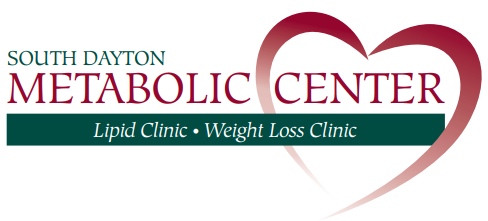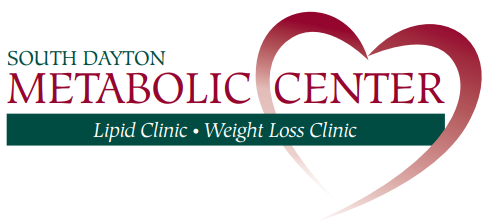Why we Need a Longer Term Approach to Cholesterol Treatment
Heart disease is by far the leading cause of death in the United States. It claims its victims more often than all forms of cancer combined, more often than infections, lung disease, kidney failure etc. This is true for both women and men, and for virtually every racial or ethnic group. In fact, for the first time in more than half a century, deaths due to heart disease are increasing in the United States- after having essentially plateaued for the last decade. Statistically speaking, heart disease will be the likeliest cause of death for everyone reading this article. However, there is good news because this challenge also presents a great opportunity to make a meaningful impact on the lifespan and quality of life of a vast number of people.
Our understanding of the ways in which heart disease develops and progresses has never been greater, and we can leverage this understanding to drastically reduce the odds that any of us succumbs to this disease. The single biggest factor contributing to the development of heart disease in a causal way is cholesterol. Causality is key here- this means that cholesterol is required for the development of coronary artery disease. This concept is critical, because if we can properly manage our cholesterol we can substantially reduce, if not eliminate, the risk of heart disease in our lifetime.
But what does it mean to “properly manage” cholesterol? It all boils down to lifetime exposure. Thought of in this way there are 2 factors- how high your cholesterol is, and how long you are exposed to those levels. Moderately lowering cholesterol earlier in life can be huge because the timeframe is long. In this way heart disease is very similar to saving for retirement. In both examples, for most of our adult lives we are building toward a future event. Imagine if you cut your monthly retirement savings by a third. It could significantly delay reaching your eventual retirement. If you made this cut early in your career, the effect would be enormous. However, if you waited until your last few years of employment the effect may not be as large because you would have accumulated a lot of growth from your earlier savings. Although the moment of having a heart attack is significantly less desirable than the moment of retirement, the principle is the same- lifelong accumulation toward an event. If you reduce your cholesterol levels earlier (before there is a problem) the timeframe before heart disease develops is significantly longer- and we may never accumulate enough exposure to cause disease. If we wait until later (which is the current norm in the US) we’ve already accumulated significant exposure, and the window of time in which we have to act is much shorter. Of course, this doesn’t mean that all hope is lost, but the earlier you make a change the better.
Despite mind-blowing advancements in the treatment of heart disease, we are no longer making much headway in preventing deaths. Progress forward will require a pivot to a new paradigm, one where prevention rather than reaction is the norm. Luckily, we live in an era where there are many preventive tools in the toolbox, both pharmaceutical and non-pharmaceutical. When deployed effectively and in a personalized, timely way, these tools can markedly lower our odds of developing heart disease in our lifetime. So, although the rise of deaths due to heart disease is alarming, there is so much we can do to reduce our risks.

